
Nieuws
New CAT-AgroFood Investments
In the last half year CAT-AgroFood Shared Research Facilities Wageningen UR has invested in a great number of new research devices. The intended uses strike a wide variety of research fields, ranging from new NGS (next generation sequencing) techniques and applications, to microscopes, chemical analysis equipment, high speed cameras and a drone.
All these facilities are located at the Wageningen Campus.
Most of the new equipment is already in use, or will be installed soon.
A snapshot view of the new equipment:
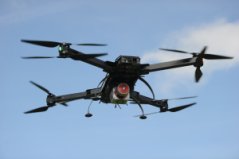
LIDAR UAV (drone)
With the new Light Detection and Ranging (LiDAR) drone detailed the possibility of 3D detailed measurements of crops, trees, infrastructure, buildings and other objects are feasible. More information.
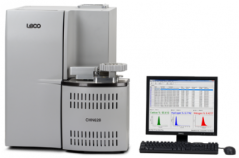
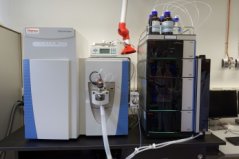
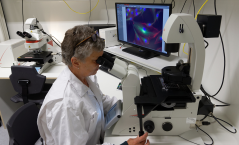
Optical microscopes
Two new optical microscopes for the examinations of biological specimens: small organisms, tissues and cells/bacteria. The Leica DM6b microscope is an upright light microscope; the Leica DMi8 microscope is an inverted light microscope.
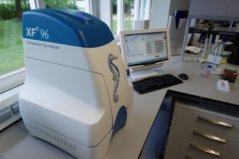
Seahorse
Seahorse BioScience enables the high-throughput analysis of the metabolic activity of living cells. This Seahorse is the first in the Netherlands working under hypoxic conditions.
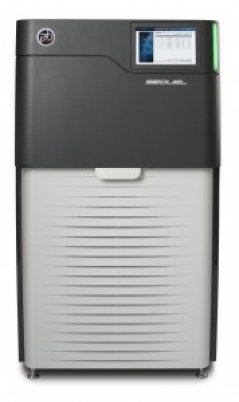
PacBio Sequel
The PacBio RS ‘Single Molecule Real Time (SMRT) sequencer’ from Pacific BioSciences is the first 3rd generation sequencer, based on the highly efficient and adequate natural DNA replication process. This technique has proven to be a successful step in the NGS next generation sequencing work. The resulting very long reads are highly accurate and offer the possibility of ‘Single molecule real time’ detection. The new PacBio Sequel is the successor of the PacBio RS II. The new sequel will produce reads yielding up to seven times more data with equal run times.
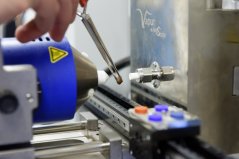
Q-Exactive Focus - DART
The Q Exactive Focus mass spectrometry with DART (Direct Analysis in Real Time) produces mass spectra in real time, directly under ambient conditions without sample treatment, without solvent extraction or other sample preparation, even directly on surfaces as paper, glass, TLC plates. DART is a non-contact sampling method. In contrary to traditional solvent sample introduction, almost no memory effect between different samples occurs. DART offers convenience of sample analysis and overcomes restrictions in speed, as experienced in mass spectrometry analysis with traditional available ion sources.
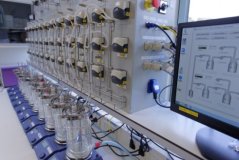
SHIME
SHIME is a dynamic in vitro simulator model of the human digestion system. It allows the culturing of the complex intestinal microbial ecosystem over a longer period of time and under conditions representative for different intestinal regions. Moreover, as different segments of the gastrointestinal tract and the colon are being imitated, these model systems can provide detailed information of the fermentation profile, including the localization of the effect along the intestinal tract.
More detailed information available via the CAT-AgroFood website.